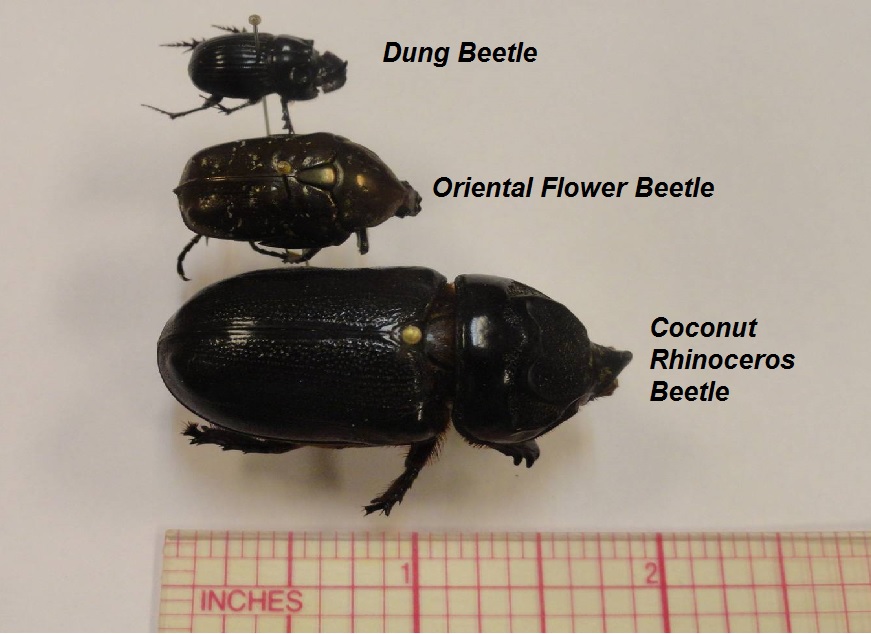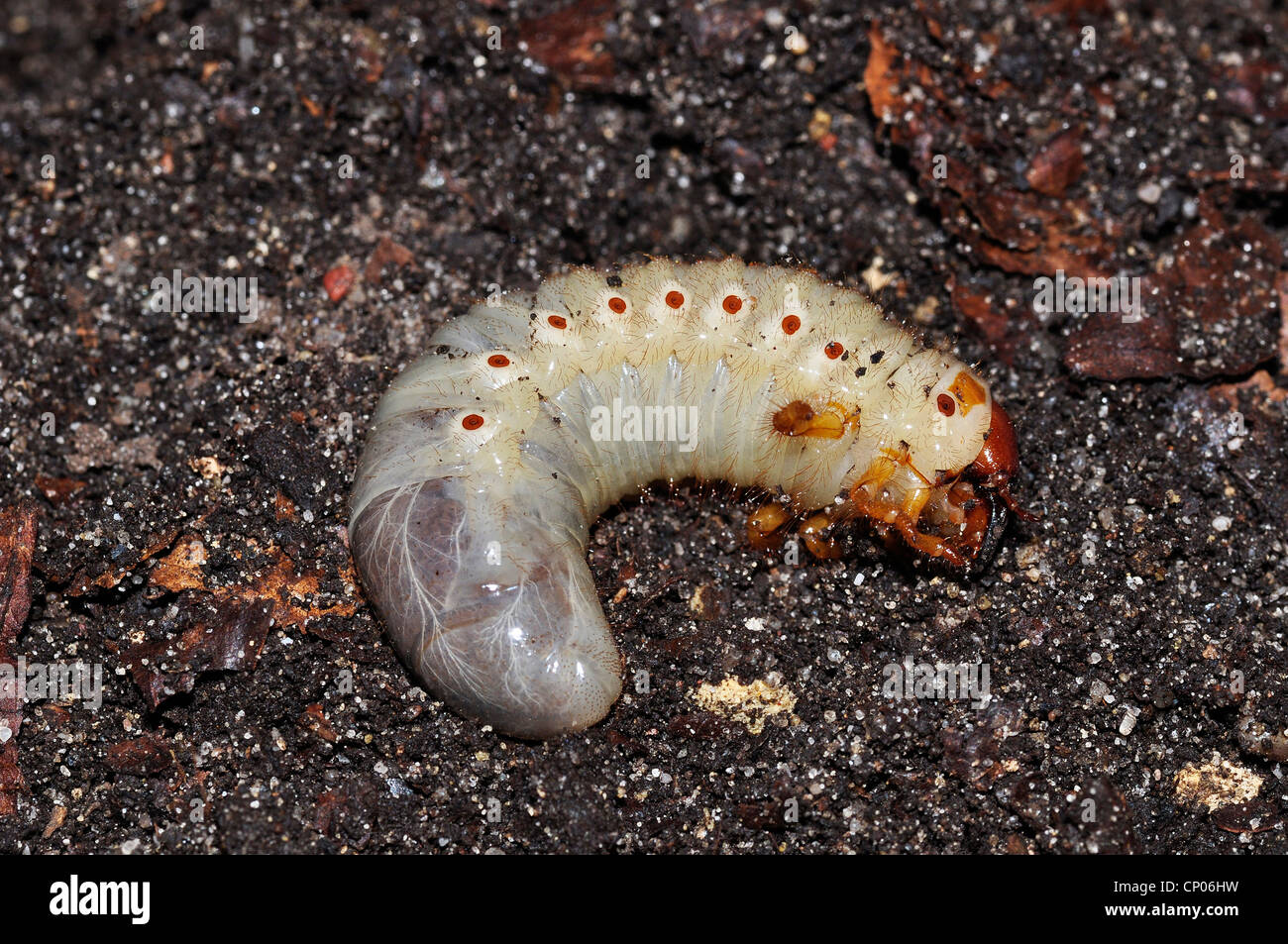
In nature, they hide under leaves and in dark places. Hydrationīeetles are susceptible to dehydration. Water for drinking is unnecessary, as the jelly and fruits provide enough, but be sure to keep his/her soil moist - which leads to the next point. To make sure that the jelly doesn’t make the bedding dirty, you can place it in a food plate.īe sure to change the food every day, preferably in the evening, to make sure this nocturnal beetle has fresh food as he is waking up. The web doesn’t have much information about changing the matting, but the bag recommends switching all of the matting out about once a month. Make sure the bedding is moistened to the point that it doesn’t crumble apart in your hands when you pick it up but isn’t soaked.īeetles like to burrow during the day in this moist bedding. Preparing the Caseįill the case 1/3 of the way with bedding that has been moistened with the humidifying liquid or plain water. I’ve been told kids really enjoy catching wild beetles, but I’ve also heard the wild beetle population has been dwindling because of loss of habitat.

The normal price is from 300 yen to 2,000 yen. Typically, it’s much easier to find them in stores in summer. In Japan, some home and garden centers sell rhinoceros beetles. Rhinoceros Beetle Care Instructions Purchasing Necessary Items Most of the above materials can be bought at home-and-garden stores, such as Cainz, or 100 yen shops. Also, putting leaves in the case helps keep the soil moist. Rhinoceros beetles are very susceptible to drying out, so this spray, or, alternatively a sort of “water bottle,” helps keep their bedding moist. Even though it’s traditional beetle food in Japan, avoid watermelons and other water-heavy fruits. Apparently, bananas are also good for rhinoceros beetles. You can buy special beetle jelly ( konchuu zerii), in appetizing flavors such as black sugar, “protein,” and fruit (yum!). Food dishes ( esazara)įood dishes keep the beetle jelly from spilling onto the bedding. The branches give the beetles places to hide.

Store-bought branches marketed toward beetle-keepers or branches from outside are okay. In addition to basic bedding, beetles also like leaves, logs, etc., all of which can be bought at the store. For ease, many websites recommend store-bought beetle-specific bedding. Bug bedding ( konchuu matto)īug bedding ( konchuu matto): If not planning to breed beetles, many types of bug bedding are okay. Be sure it is a type that will keep the air inside humid. They are usually plastic and cube-shaped. Rhinoceros Beetle Care Rhinoceros Beetle Materials Breeding case (Japanese: shiiku case)Ī breeding case is Just a normal animal aquarium, like what’s used for hermit crabs. I hope this is helpful to everyone who is looking for information about keeping a rhinoceros beetle pet. So, for at least my own benefit, here’s some information about rhinoceros beetle care that I’ve found from Japanese websites.
Rhinoceros beetle for sale how to#
Unfortunately, I couldn’t find many resources in English on how to take care of rhino beetles (also known as Hercules beetles).

My dream, when moving to Japan, was to keep a Japanese rhinoceros beetle, known here as “kabutomushi” (which means, “helmet bug”). However, don’t worry - it does not affect the price you pay for the product. This means I receive a portion of sales from those links. This post may contain Amazon Affiliate links.


 0 kommentar(er)
0 kommentar(er)
